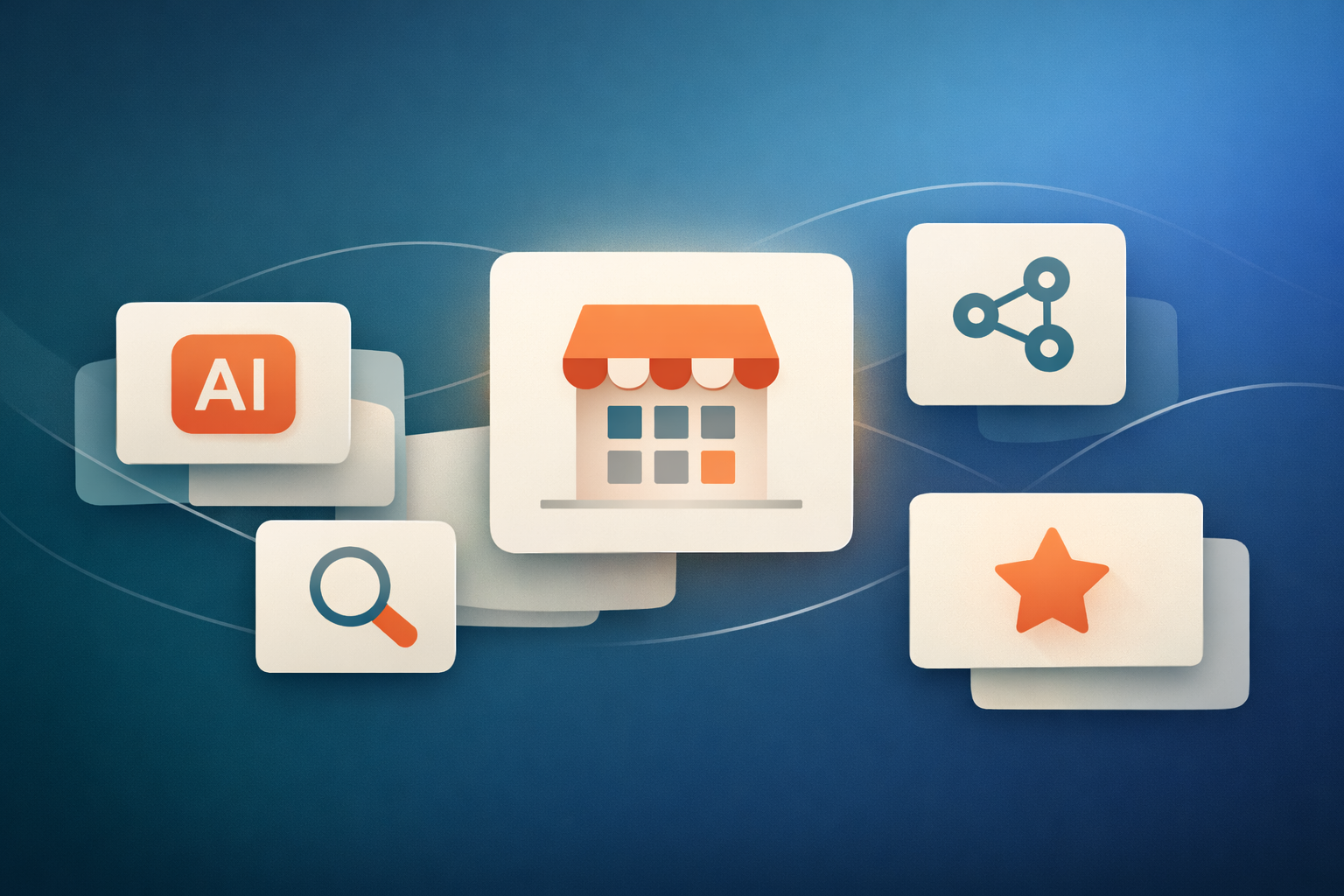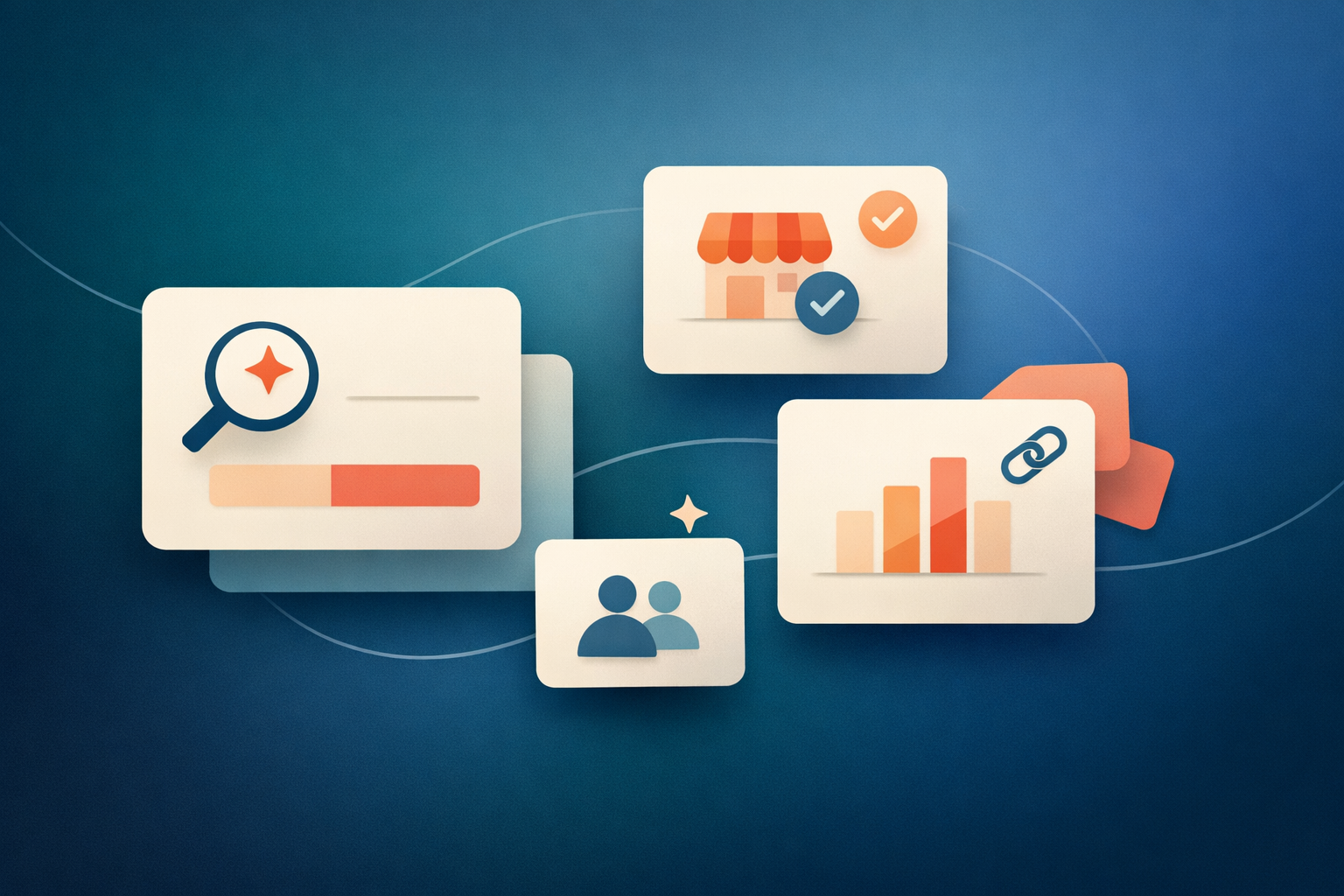The way buyers evaluate and purchase software has changed dramatically over the past several years, and integrations have become more important than ever in their decision-making process.
While integrations were already crucial for customer service, marketing, and sales teams, a recent report from G2 confirms that integrations are the #1 consideration in choosing software for those departments.
In other words, your software needs to have the right integrations to make the sale.
Why? Because today’s end-users prefer software that fits in with their multitudes of day-to-day tools, improving workflow efficiency and data accuracy. As a result, integration partnerships have become a strategic cornerstone for SaaS businesses looking to expand their reach, delight customers, and accelerate revenue.
If you’re looking to build a partner program or grow your existing integration partner ecosystem, this post will help you understand:
- Why buyers care more than ever about integrations
- How to identify the right integration partners (aka tech partners)
- Different ways to build integrations (joint build, API, iPaaS)
- Co-marketing and co-selling strategies to fully leverage these partnerships
By the end, you’ll have the insights you need to harness integration partners as a key driver of growth in your ecosystem business model
What is an integration partner?
An integration partner (also called a “tech partner”) is a SaaS company with whom you’ve built both a technical connection (i.e., an integration) and a mutually beneficial relationship. In most cases:
- You share a similar ideal customer profile (ICP)
- You have or are aiming for overlapping customers and prospects
- You actively collaborate, whether via marketing, co-selling, or exchanging industry insights
Integration partnerships typically start with a decision to build or enable an integration. But the true value often goes beyond the technical connection: successful integration partners may join forces on product launches, joint events, and strategic go-to-market (GTM) efforts.
Integration partnerships are an essential element in an ecosystem business model.
Why build integrations?
In this article about building an ecosystem business model we explore the option to “build, buy, or partner” in order to solve key product needs.
But what about the option of “build integration” or “don’t build integration.” I.e., why should you integrate with another software at all?
Many businesses decide to build product integrations for two reasons: 1) because customers are asking for them and 2) in order to create a strategic alliance with the other business. But whatever the impetus is for deciding to build, there are benefits that go along with every product integration.
Streamline customer experiences
Employees use, on average, 4-5 programs daily – just at work. These tools often provide one or a few key solutions, but not all of them.
Imagine a customer service representative’s day-to-day tech stack. They may use Zendesk for support tickets, chat, and email; Salesforce for ongoing customer relationship management; and Aircall to record phone calls. It would be a nightmare to manually sync all of their data and still efficiently provide good support
By building integrations with the tools your customers already use every day, you improve their overall experience using your software.
Make more sales
Buyers don’t just appreciate a streamlined experience anymore – they expect it. In fact, 52% of marketers describe their martech stack as an integrated, multi–system architecture. It’s no wonder integrations were named the #1 most important buying factor.
What does that mean? To make the sale, you need the integration. Period.
That doesn’t mean building integrations to every software in the world. But strategically finding the ones most important to your ideal customers and building those.
Build industry relationships
When you build an integration, you also open up a relationship with the company you connected to. I.e., you now have an integration partner.
With your new partner you can launch co-marketing campaigns, compare industry and persona research, cross-sell each others’ products, and leverage the relationship in other ways.
How to find the right integration partners for your company
No company, no matter how big, has the time and resources to build an integration with every software that might be useful. So how do you find the right integration partners to prioritize?
If you expect to build an integration into the other tool (or be highly involved in the process), follow these steps to create your roadmap.
- Collect customer requests
Keep a running list of integrations your customers (and high-value prospects) are asking for—and how often each request comes up. - Analyze your competitive landscape
Who are your competitors integrating with? Are there any big-name partners in your sector that are quickly becoming “table stakes”? - Double-check your ICP’s tech stack
Look closely at your ICP’s most critical tools and workflows. Which integrations would deliver the most significant workflow improvements for them? - Estimate partnership potential
Rank each potential integration partner by mutual revenue opportunity (customer overlap, market size, expansion potential). Start with those who have the greatest impact on your pipeline.
Take your list of potential partners and rank them in order of potential revenue from the partnership. Then, after getting internal buy-in, start reaching out to begin discussions with their partnerships, integrations, and product teams.
These discussions can take some time, so reach out to your top integration partners first and keep going down the line, prioritizing in order of revenue potential.
How to build an integration with your tech partner
While the advantages of integration partners are plentiful, constructing the actual integration can be quite challenging.
Let's explore the various methods you can employ to develop integrations with prospective partners:
- Joint Build
If both parties recognize a large market opportunity, consider a joint build strategy:
Pros: Shared costs, shared developer resources, and shared commitment to success.
Cons: Requires tight coordination, clear scope, and strong alignment on timelines and responsibilities.
- API (One-Sided Build)
If one party is less invested or the integration is more important to you than to them, you can build on top of their public APIs.
Pros: Faster and more straightforward, especially if you have developer capacity.
Cons: You may be responsible for all maintenance and updates. Also, marketing support from the other side may be limited if they’re not as incentivized.
- iPaaS
Integration Platform as a Service (iPaaS) solutions—like Tray.io, Workato, Paragon, and several emerging AI-driven integration platforms—let you quickly stand up integrations using pre-built connectors and workflows.
Pros: Rapid development, minimal coding, scalability as customer demand grows.
Cons: May require licensing costs and can be less customizable than a bespoke integration.
Leveraging the integration partnership
Too many companies fall into the trap of “if we build it, they will come.” Integration partnerships need to be promoted just like any other feature, and can help you build your business, too.
As you build the integration, start discussing some of these initiatives with your partners.
Co-marketing activities
How can you and your partner engage in co-marketing, aka promote the integration together? Here are some ideas:
- Joint announcements
Feature the integration on both parties’ websites, blogs, newsletters, and social channels. Consider running a launch campaign that includes webinars or live demos. - Marketplaces and app listings
List your integration on your own marketplace (plus your in-app marketplace) and within your partner’s marketplace. Include relevant tags and descriptions to help users discover it easily. - Collateral creation
Develop solution briefs, one-pagers, case studies, and how-to guides that highlight real customer use cases. - Ongoing awareness
Don’t just launch once and forget. Regularly highlight the integration in your emails, in-app notifications, and relevant sales or customer success materials.
Be creative and thorough when you promote your integration and make sure your partner is on the same page.
Co-selling activities
- Sales team enablement
Train each partner’s sales teams on the joint solution. Share demo environments, pitch decks, and success stories so they can speak confidently about the benefits. - Pipeline visibility
Use partner ecosystem tools like Crossbeam to map accounts, identify overlaps, and track co-selling activities. - Executive alignment
Regularly meet at an executive level to maintain strategic alignment, track progress, and explore additional GTM initiatives.
Learn more about ecosystem business model
Continuing to build out and promote your tech partners and integrations is a key part of growing your business through an ecosystem business model.
Book a demo to learn how Partner Fleet can help you promote your tech partnerships with a developer portal and app marketplace.




